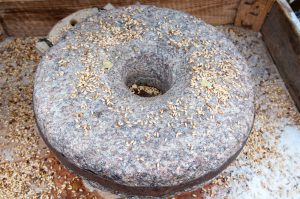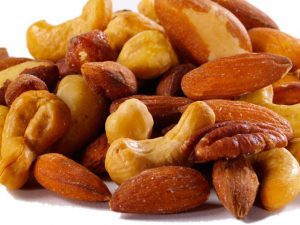By Heide Kennedy, Arizona Farm Bureau Communications Intern
There is nothing worse than going about your day just feeling downright sluggish, tired, and fatigued. Not only does it make the day just drag on, but it also makes you feel unproductive and a little bit defeated because it is harder to get through daily tasks. Luckily, some of this sluggishness can be alleviated by making changes to your diet!

Exercise will help with energy levels too.
According to Dr. Stephen Holt, the following nutrients are ones that play a big role in our energy levels. If you’re feeling fatigued, there is a chance that you might be lacking in one or more of them. If you’re not getting enough of them in diet alone, he suggests considering taking supplements.
- Iron
- Magnesium
- B Vitamins
- Vitamin E
- Potassium
- Vitamin D
Many of these vitamins and nutrients can be gotten from the foods that we incorporate into our diets. The following foods are good fatigue-fighting options that are full of these nutrients!
- Eggs
- Bananas
- Almonds
- Watermelon
- Kale
- Spinach
- Chia seeds
- Oats
When it comes to finding some of those foods, it is easy to get fresh, locally-grown options here in Arizona! Whether it be eggs, watermelon, or leafy greens, Arizona agriculture provides us with a lot of healthy foods! So, when you’re out grocery shopping, load up on some of these fatigue-fighting foods and look for locally grown products while you’re at it!





